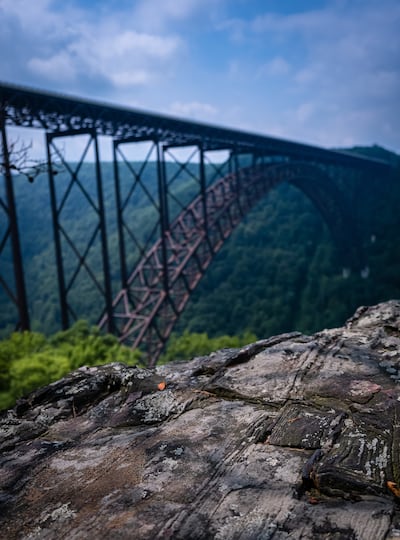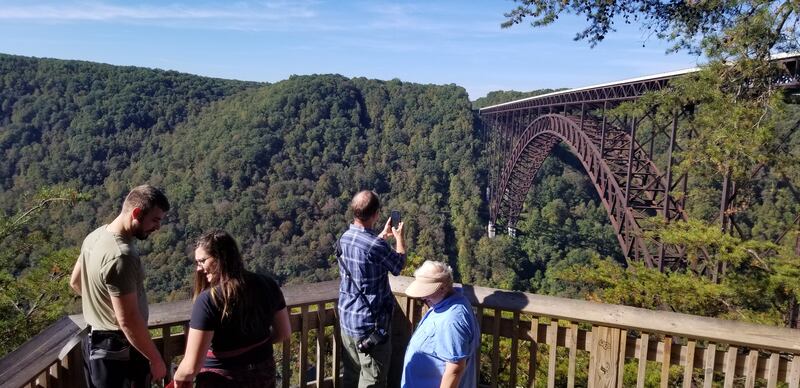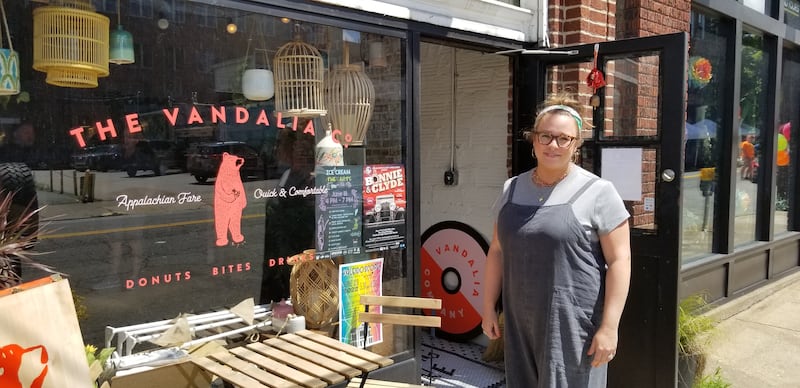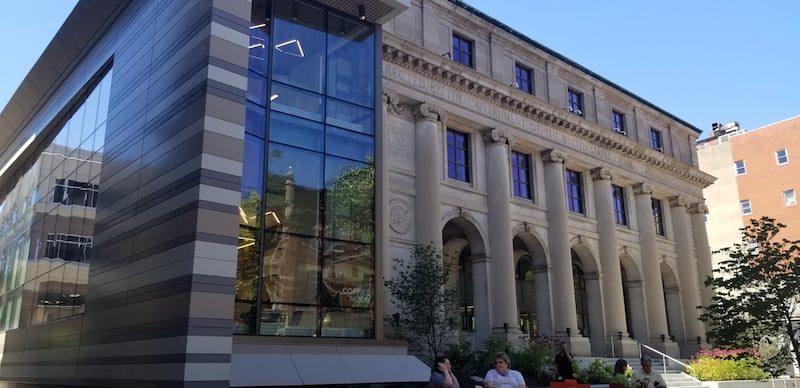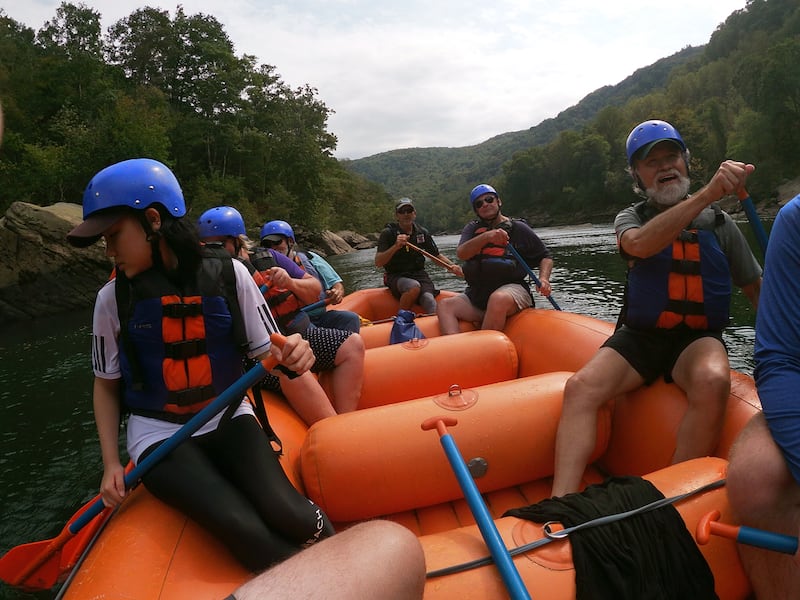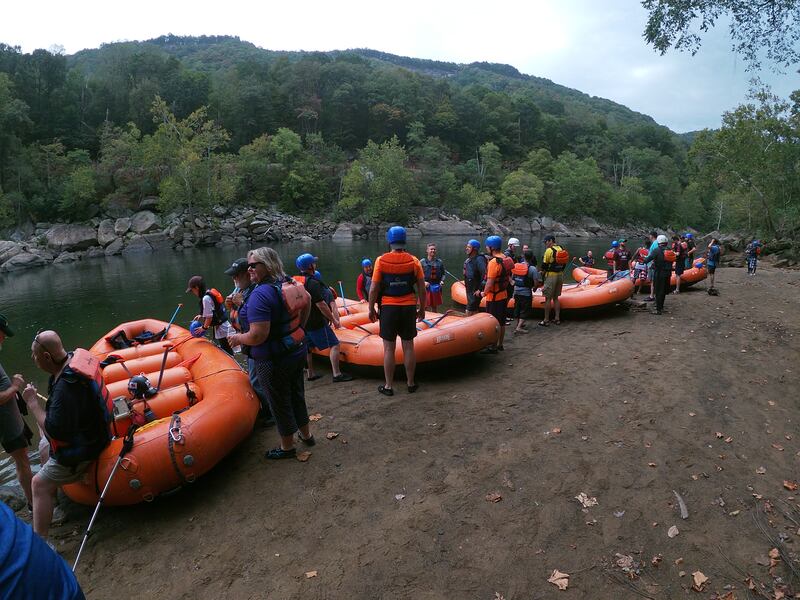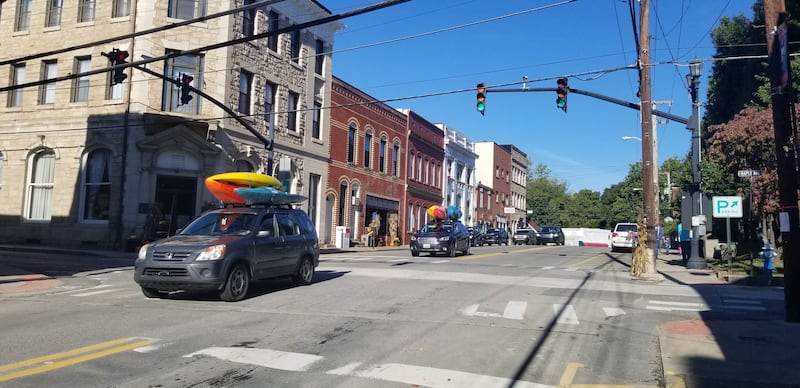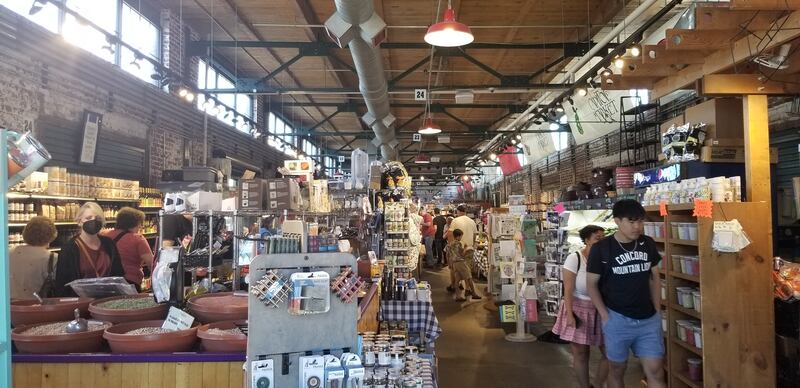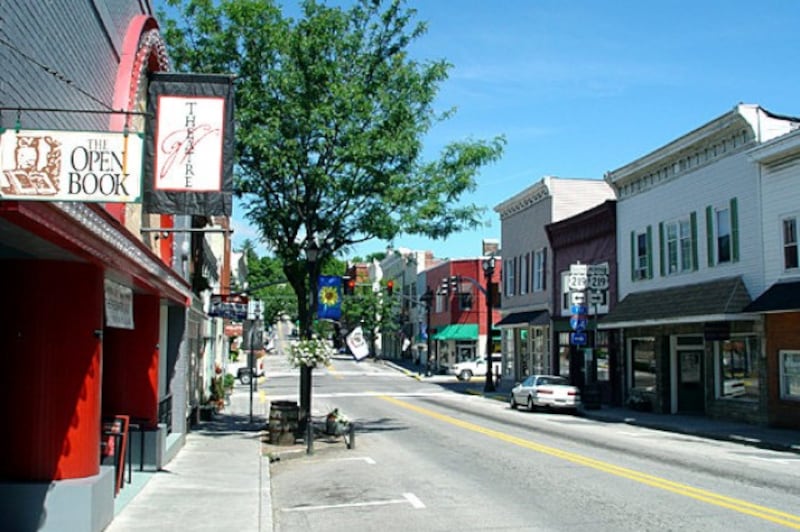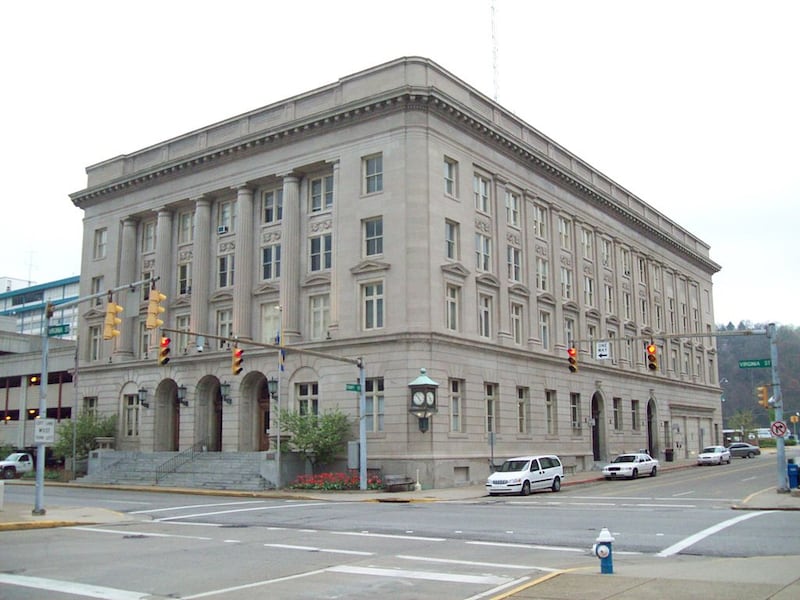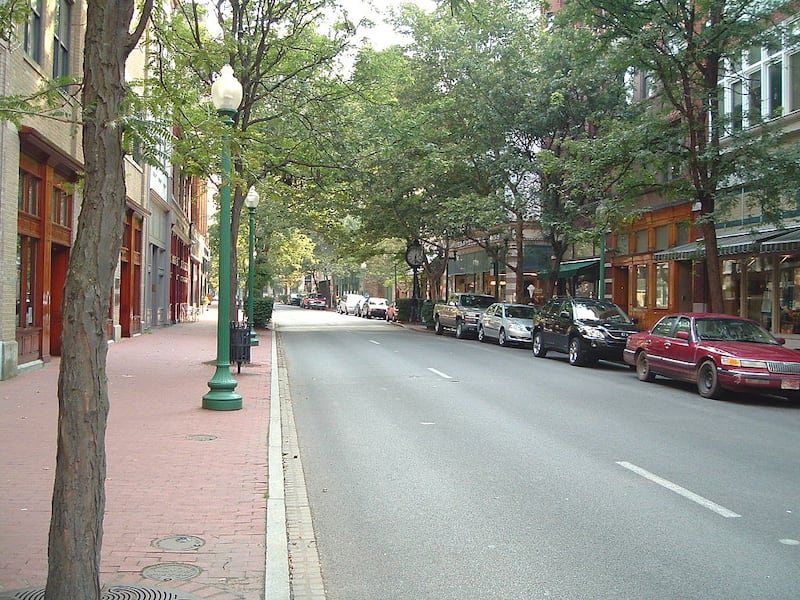Months into the pandemic, Ben Isenberg and his family made a bold move: they sold their possessions and home in the Washington area, bought a camper van and travelled across the US for a year and a half.
While on the road, the family looked for potential places to settle down anew.
They loved the states of Montana and Colorado, but there was another place — similar, but closer to family on the East Coast — that took a tight hold of them: the tiny town of Lewisburg in West Virginia’s remote Appalachian Mountains.
“What drew us was this mix of smaller towns with cool culture elements and great food, but also the outdoor activities,” says Mr Isenberg, who runs his own branding agency.
In January, Mr Isenberg, his wife and two children bought a home and moved to Lewisburg with help from Ascend West Virginia, a state-led incentive programme designed to encourage people from across the country to move to the state.
Their application was one of more than 3,600 received; 33 places were on offer.
With rising prices cutting many off from that centrepiece of the American dream — home ownership — and employers increasingly allowing staff to work remotely, unusual parts of the country are springing up as favoured places to visit — and even live.
For decades the butt of jokes and damaged by a waning, poisonous mining industry, West Virginia has found itself part of that change and is succeeding in attracting those fatigued by the rising cost of living, constant traffic and the daily grind of major US cities.
With the New River Gorge National Park only a few hours’ drive from Washington, more and more people are taking notice of what the Mountain State has to offer.
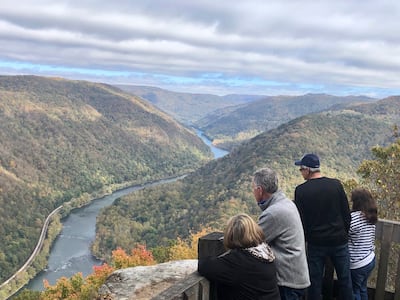
Last year, Time magazine named the park — a stunning wilderness of forest, canyons and whitewater rivers situated in the southern part of the state — one of its top 100 World's Greatest Places.
In recent years, USA Today and travel guide Frommer's have listed the southern West Virginia region as a must-see destination. The results of this surge of attention included an increase of 600,000 visitors — to a total of 1.7 million — to the National Park last year. That’s helped local businesses in nearby towns thrive.
Ascend West Virginia, which offers out-of-staters up to $20,000 and free outdoor recreation access to move there, is one of several incentives that towns across the state have launched to attract new residents.
But for some, these changes ring hollow.
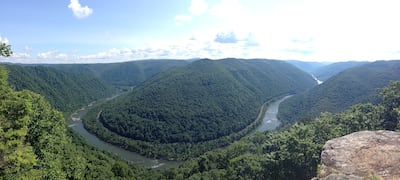
Towns around areas of natural beauty have struggled with increased demands on infrastructure such as schools and housing, while once-quiet trails and valleys are often thronged with tourists keen to take in the country’s newest national park.
“There’s plenty of questions that haven’t been arrived at that can put extra stress on those utilities,” says Andy Davis of the New River Gorge Regional Development Authority. “It requires some creative problem solving. It’s all a delicate dance in the long run.”
West Virginia continues to sit at the bottom of a host of socio-economic indicators. In health care, education and economy, it ranks near last of all 50 US states, US News & World Report said.
The opioid crisis, popularised by the Hulu series Dopesick, set in neighbouring Virginia, has hit the state particularly hard. Last year, the state’s population fell by 7,000 people.

Then there’s the rugged landscape. While it may have stunning mountain vistas, high-quality skiing and whitewater, the terrain those activities are perfect for can be cumbersome to traverse.
Still, for those who are part of a growing cohort of changemakers looking to take a chance on something new, West Virginia is increasingly becoming that destination.
Gainwell Engineering, a company from India, is set to open a West Virginia facility refurbishing mining equipment that would employ about 40 people.
In a US opportunity ranking, West Virginia sits way above larger, more prosperous states such as Florida, Texas and California.
Stephanie Woody is one trailblazer who has seen and grasped its potential.
Last summer, she and her husband opened the Vandalia Company, a bakery and cafe in Elk City, a once-struggling neighbourhood in Charleston, West Virginia’s capital. Its menu — which includes couscous, hummus and flatbread — reflects the change a new generation of West Virginians are embracing.
“Our food truck got shut down; we saw this space and thought it could be a great space for a restaurant,” Ms Woody says. “And we felt the resurgence of the area.”
Her efforts are part of a broader revival of this once rundown part of West Virginia’s capital: down the street, a record store, an Appalachian Tea shop and a host of restaurants have opened in recent years.
The hope for many is that West Virginians seeking a better future may be inclined to stay put.
“We want the place that we love to grow and become better,” says Ms Woody. “To become a place that our kids won’t want to move away from.”
Lewisburg, where Mr Isenberg and his family are set to resettle, is a small town of 3,000 residents replete with galleries, cafes and 18th century architecture in the heart of the Appalachian Mountains. For him and his family, the first few months of life in West Virginia has been everything he imagined.
“We’ve settled in and met people; the kids are playing Little League [baseball] this year,” he says.
“We’re pretty stoked to be here.”
